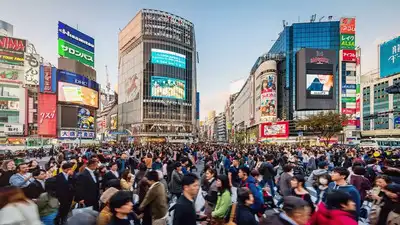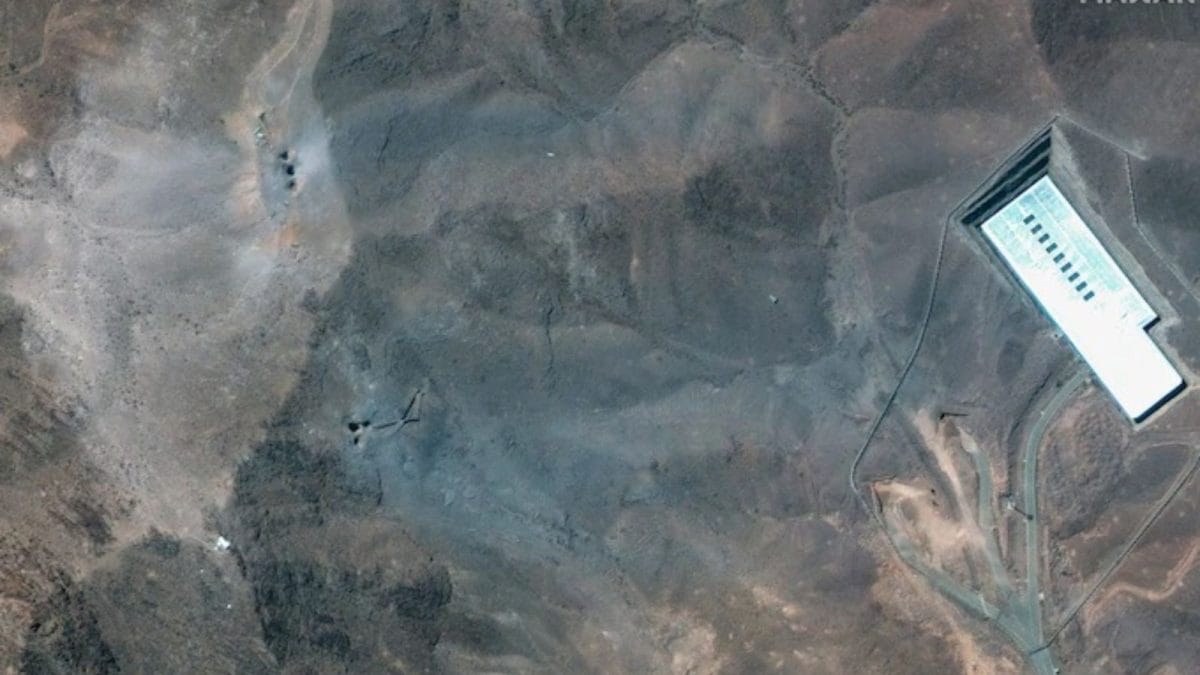ARTICLE AD BOX

Japan, a country synonymous with seismic activity, is once again facing grim projections. The threat of a catastrophic “megaquake” in the Nankai Trough has prompted a sobering reassessment by Japanese authorities.
Updated government estimates warn of nearly 300,000 possible deaths and $2 trillion in damages if such a quake were to strike—figures that exceed even the devastation of the 2011 Tōhoku earthquake and tsunami.
A growing threat in the Nankai Trough
The Nankai Trough, a 500-mile undersea trench stretching along Japan’s Pacific coastline, has long been a focus of seismic concern. It’s where the Philippine Sea Plate is slowly subducting beneath the Eurasian Plate—a geological setup primed for megaquakes.
Historically, such massive earthquakes have struck the region every 100 to 200 years, with the last one occurring in 1946.In January, a Japanese government panel increased the estimated probability of a magnitude 8 or greater earthquake in the trough to 75–82% within the next 30 years. This probability spike was followed by a March report that laid out a harrowing scenario: up to 298,000 deaths and the complete destruction of 2.35 million buildings.
A central concern is how fast the disaster could unfold. If such a quake strikes, some areas may have as little as two minutes to prepare. The Japan Meteorological Agency (JMA) warned that waves up to 10 meters tall could slam into Tokyo and 12 other coastal prefectures, killing an estimated:

- 215,000 people from tsunami waves
- 73,000 people from building collapses
- 8,700 people in fires
An additional 26,000–52,000 deaths could occur post-disaster due to exposure, disease, or delayed rescue efforts.While scientific efforts to narrow down the timing and location of such earthquakes continue, officials maintain that predicting the exact moment remains impossible.
“It is impossible with current science to predict earthquakes by specifying the location, time, and magnitude of an earthquake,” said Ryoichi Nomura, head of the JMA, in May. “We ask the public to take certain steps so that you can cope with earthquakes no matter when they occur.
But we also strongly urge the public not make irrational actions driven by anxiety.”
A decade of planning falls short
Japan’s preparedness efforts go back to 2014, when the Central Disaster Management Council introduced a basic national disaster prevention plan.
Based on older estimates of 332,000 deaths and over 2.5 million buildings destroyed, the government set ambitious targets: an 80% reduction in deaths and a 50% cut in building losses over the next decade.However, a Cabinet Office official admitted that these goals were not met. As Kyodo News reported, the current measures in place would only reduce the projected death toll by 20%, far from the target.Despite this, the Cabinet chose to maintain the original targets, explaining the reasoning in a recent council meeting on July 1: the country should “continue to set a high goal.”The updated preparedness plan now recommends:
- Accelerated construction of embankments and tsunami-resistant evacuation buildings
- More frequent nationwide drills
- Stockpiling essential supplies
- Upgrading infrastructure to be earthquake-resistant

Prime Minister Shigeru Ishiba stressed a collective response, saying, “It is necessary for the nation, municipalities, companies and non-profits to come together and take measures in order to save as many lives as possible,” according to local media reports.As part of the revised efforts, 723 municipalities in 30 prefectures have been designated “disaster preparedness promotion areas.” These areas span from Ibaraki to Okinawa, where tremors of seismic intensity level 6 or higher and tsunamis over 3 meters are likely. Local governments are now required to:
- Draft updated disaster prevention plans
- Ensure evacuation procedures are in place, especially for hospitals and large public buildings
- Work with the central government to tailor plans based on regional vulnerabilities
Notably, these updates do not include direct financial support, but the national government will provide planning guidance and expertise.



.png)
.png)
.png)
















 1 day ago
3
1 day ago
3









 English (US) ·
English (US) ·